
Product information
Stéphane Ogier Côte-Rôtie Reserve 2010
Shiraz/Syrah from Côte-Rôtie, Northern Rhône, Rhône Valley, France
$260
Description
A while back I spent a couple of hours with Stéphane. Closing my eyes I can still recall the beguiling scents that lifted from the glass of each wine he poured.
We tasted through the Lieux Dits, individual sites, of his Côte-Rôtie vineyards; his knowledge of the sites was only matched by the individual expression each of the wines gave us. The hit rate of the descriptors: stunning, harmony, layering, purity, length, complexity, beautiful tannins, balance, restraint and poise across the tasting was insane!
Turning to a selection of older wines amongst them this 2010 Côte-Rôtie everything just made sense. The power yet elegance of these wines with the addition of additional layers of complexity, secondary characteristic only developed with time, was on show. Such exceptional wines with so much personality.
Out of stock

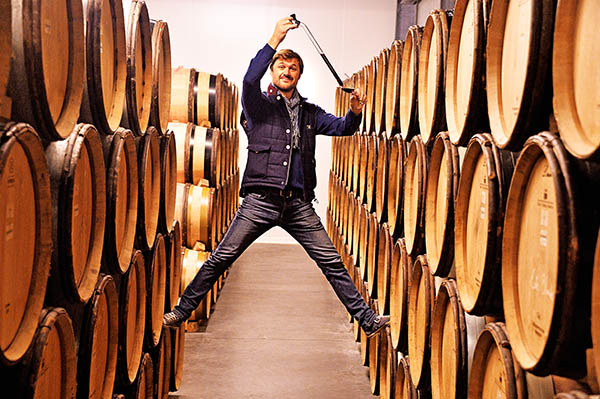
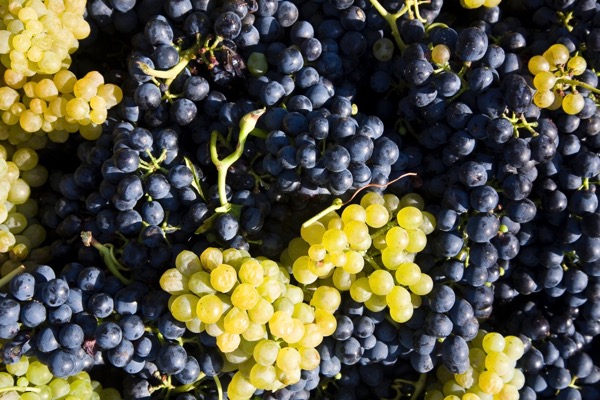
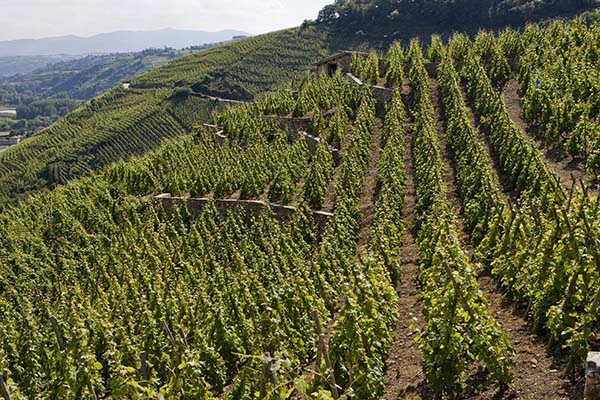
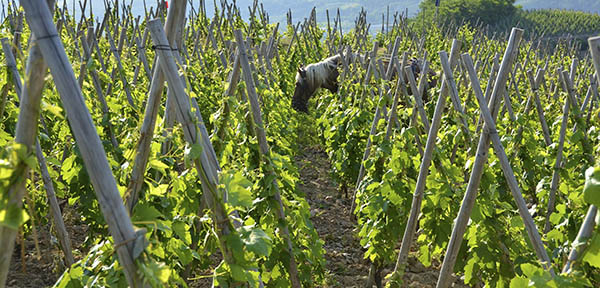
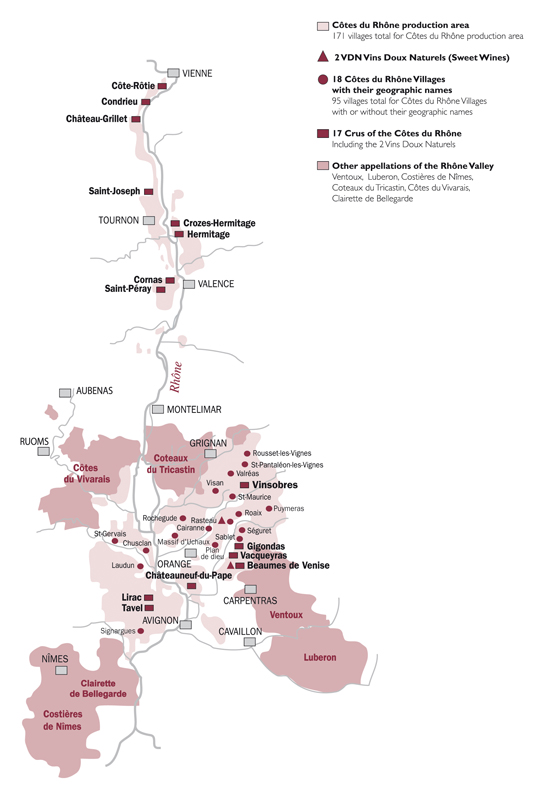
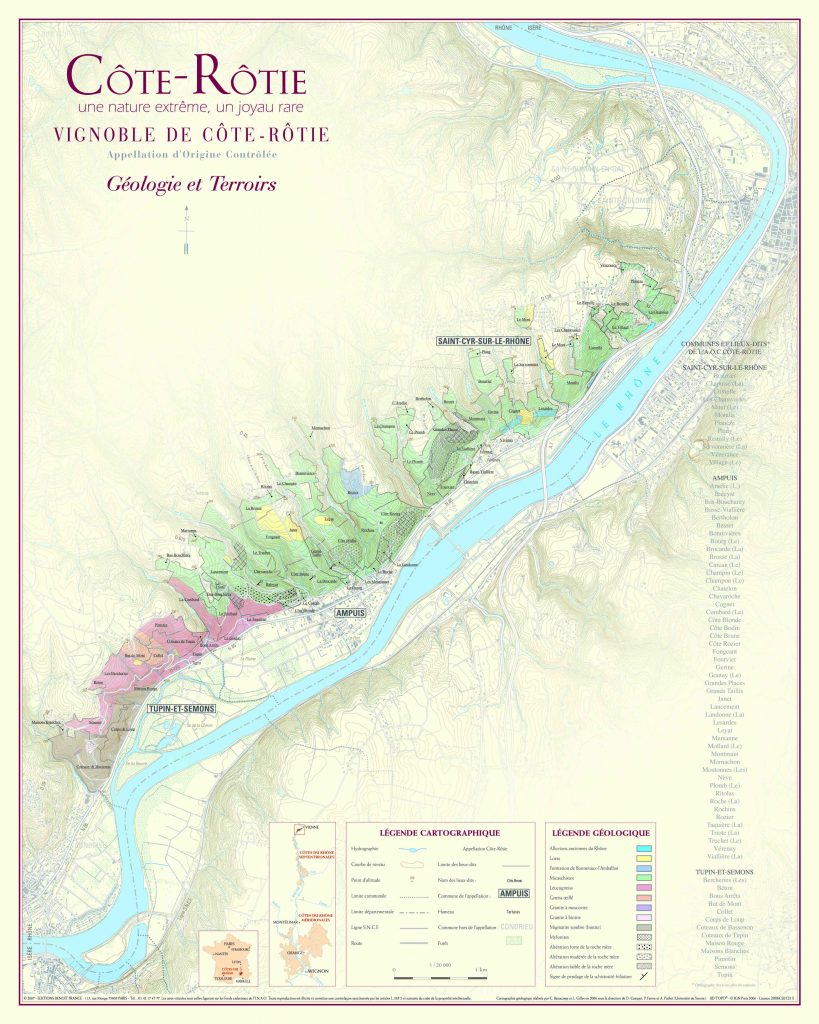
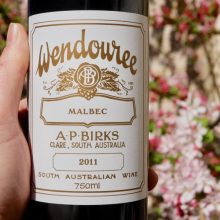
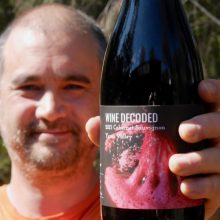
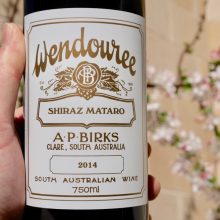
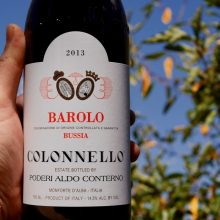
You must be logged in to post a comment.